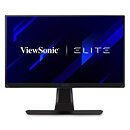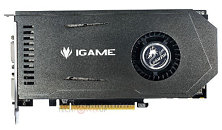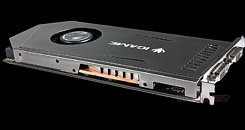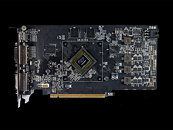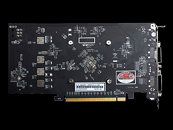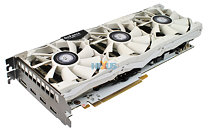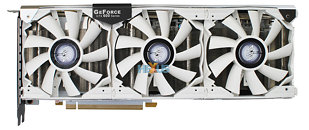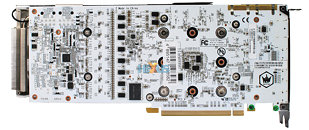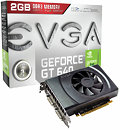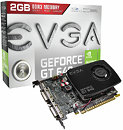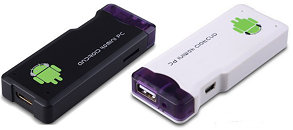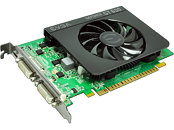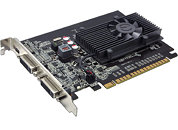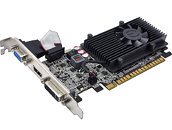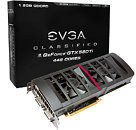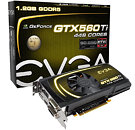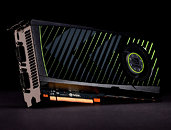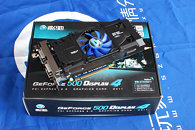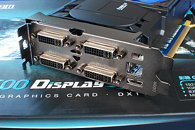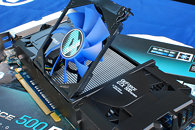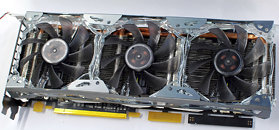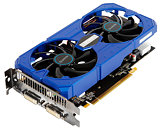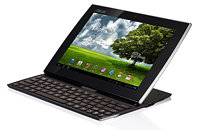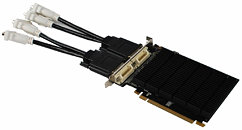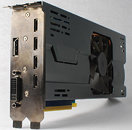
ViewSonic Adds New 4K Models to its Award-Winning Portable Monitor Line Up
ViewSonic Corp., a leading global provider of visual solutions, launches the ViewSonic VX16 series of portable displays to its award-winning family of monitors. Available in 1080p and 4K Ultra HD resolutions, the ViewSonic VX1655, VX1655-4K, and VX1655-4K-OLED monitors deliver incredible visual performance in a slim and compact form factor.
An award-winning design features 15.6-inch screens with ultra-thin panels and a kickstand that provides incredible stability and discreetly hides cable connectivity, while still allowing these displays to be used in both portrait and landscape modes. All three portable monitors come with versatile connectivity options, including two USB-C ports for 2-way charging, mini-HDMI, and a headphone jack.
An award-winning design features 15.6-inch screens with ultra-thin panels and a kickstand that provides incredible stability and discreetly hides cable connectivity, while still allowing these displays to be used in both portrait and landscape modes. All three portable monitors come with versatile connectivity options, including two USB-C ports for 2-way charging, mini-HDMI, and a headphone jack.





















